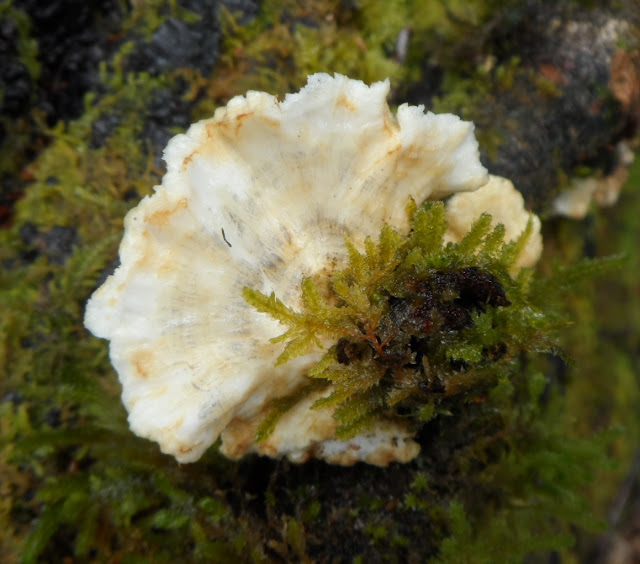The following day I was in North Cornwall and on the South West Coastal path for a few miles and came across an early Entoloma sericeum or two. Also known as Silky Pinkgill. Nice to see as this genus is one of my favourites and first time I was able to extract a spore photo of this genus.
 |
| Phellinus pomaceus or Cushion Bracket |
 |
| Polyporus durus |
 |
| Scutellinia scutellata or Eyelash Fungus |
 |
| 1st for Cornwall Cheilymenia stercorea on dung |
 |
| Cheilymenia stercorea asco spores and basidia |
 |
| Phlebia rufa merulioid resupinate. Largest only 5mm dia. |
 |
| Phlebia rufa resupinate poss. cystidia |
 |
| Phlebia rufa resupinate spores |
 |
| Entoloma sericeum or Silky Pinkgill |
 |
| Entoloma sericeum 5-sided spores |





